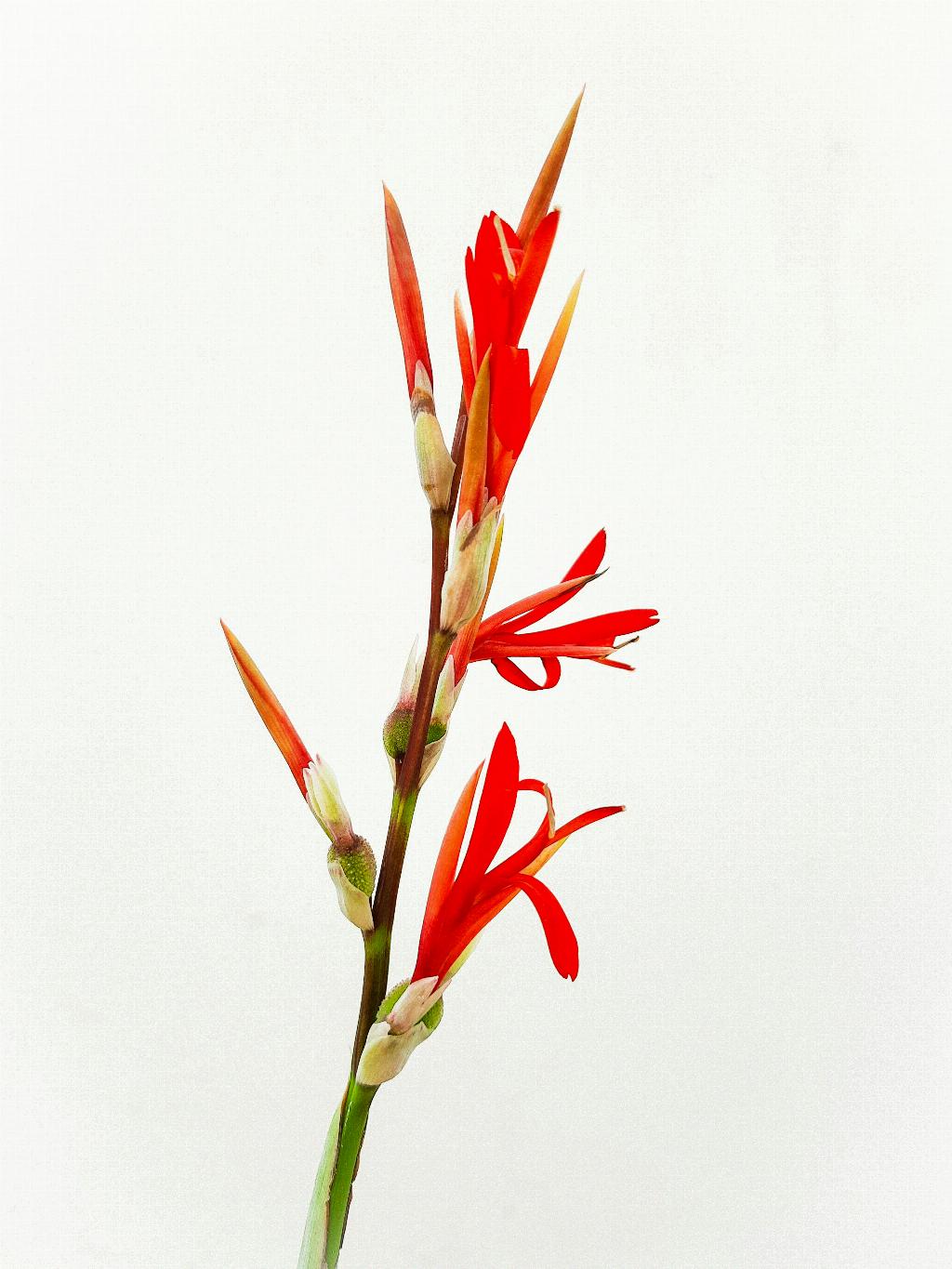When it comes to pressure canning, proper water levels are crucial to ensure safe and effective preservation of your food items. The amount of water you put in a pressure canner plays a significant role in the canning process, so it’s essential to get it right. Let’s delve into the specifics of how much water you should use when setting up your pressure canner.
Importance of Water in Pressure Canning
Water is a key component in pressure canning because it creates the steam necessary to build pressure inside the canner. This pressure is what allows the temperature to rise above the boiling point of water, which is vital for safely canning low-acid foods like vegetables, meats, and seafood. Without adequate water, the canner won’t be able to reach the necessary pressure levels for proper canning.
Determining the Water Level
When preparing your pressure canner, it’s recommended to add 2 to 3 inches of hot water to the bottom of the canner. This amount of water is typically sufficient to create the steam needed for the canning process. Be sure to follow the specific instructions provided with your pressure canner, as water levels may vary depending on the model and size of the canner.
Factors to Consider
Several factors can influence the amount of water needed in a pressure canner, including the altitude at which you are canning. Higher altitudes may require adjustments to the water level to account for differences in boiling points. It’s crucial to consult altitude adjustment guidelines to ensure proper water levels for safe canning.
Monitoring Water Levels
Throughout the canning process, it’s essential to monitor the water levels in your pressure canner. As the canner builds pressure and the water evaporates, you may need to add additional hot water to maintain the proper level. Keeping a close eye on the water levels will help ensure consistent pressure and temperature inside the canner.
Precautions to Take
When adding water to your pressure canner, always use hot water to prevent significant fluctuations in temperature inside the canner. Cold water can cause rapid drops in pressure, affecting the canning process. Additionally, never fill the canner with more water than necessary, as this can increase heating times and lead to improper canning.
Water Quality Considerations
The quality of the water you use in your pressure canner is also important. It’s recommended to use clean, fresh water to prevent any contaminants from affecting the canned food. If you have hard water, consider using distilled water or adding a splash of vinegar to help maintain water clarity during the canning process.
Cleaning and Maintenance
After each use, be sure to clean your pressure canner thoroughly, including the water reservoir. Removing any mineral deposits or residue will help ensure proper water circulation and steam generation during future canning sessions. Regular maintenance will prolong the life of your pressure canner and contribute to successful canning outcomes.
Final Thoughts
Proper water levels are essential for effective pressure canning, so it’s crucial to pay attention to the amount of water you use in your canner. By following recommended guidelines, monitoring water levels during the canning process, and maintaining your pressure canner regularly, you can ensure safe and successful preservation of your home-canned goods.

